
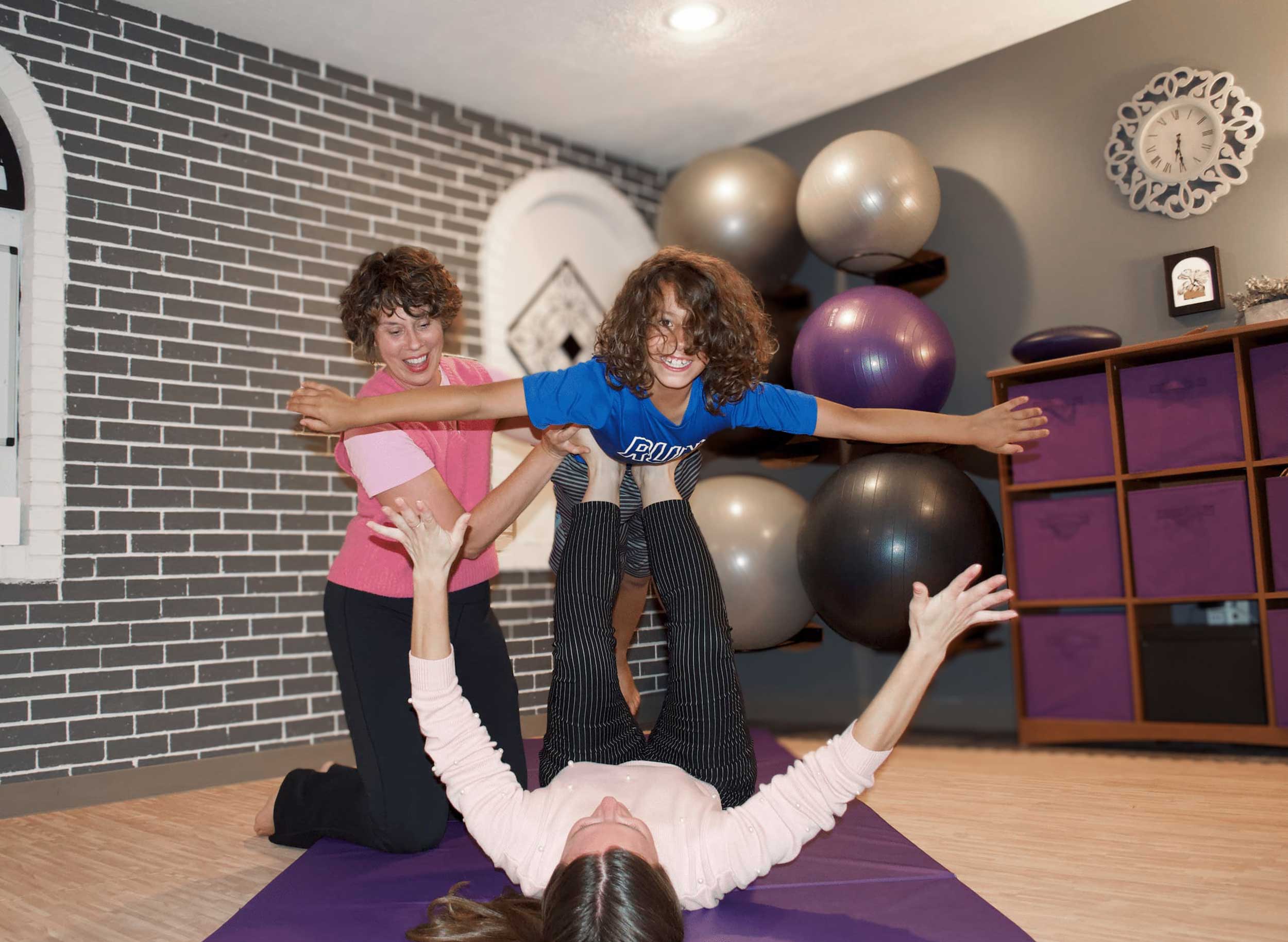
With the impending change from summertime to schooltime, kids of all ages may be experiencing fears, worries, and hesitations about going back, or in some cases, starting something new.
Maybe your child is acting out, shutting down, withdrawing, or even frantically helpful, worried about getting into trouble or losing approval. According to Angie Yetzke, a certified Somatic Movement Therapist and owner of Body Redeemed Somatics, any of these behaviors could be a sign of a nervous system in distress which in turn, affects a child’s relationships with peers and adults.
Some parents feel to blame when their children are struggling. Yetzke knows this feeling well. “I will be the first to allay those fears and remind parents that God created our bodies to repattern and rewire. And that attachment can always be repaired. This is where faith comes in.”
“This is a hopeful therapy,” Yetzke added. “This is ground up, get-to-the-root-efficiently therapy. And MOST importantly with kids, it's the parent involvement that progresses the healing.”
In most therapies, parents don't participate. You might get a few notes from the therapist at the end, but you are not typically part of it. Yetzke wants to help parents connect with their kids in ways that strengthen a child's nervous system.
How often do you actually get to play with your child without distraction? How often do you get the opportunity to delight in your child and find out what makes him or her tick?
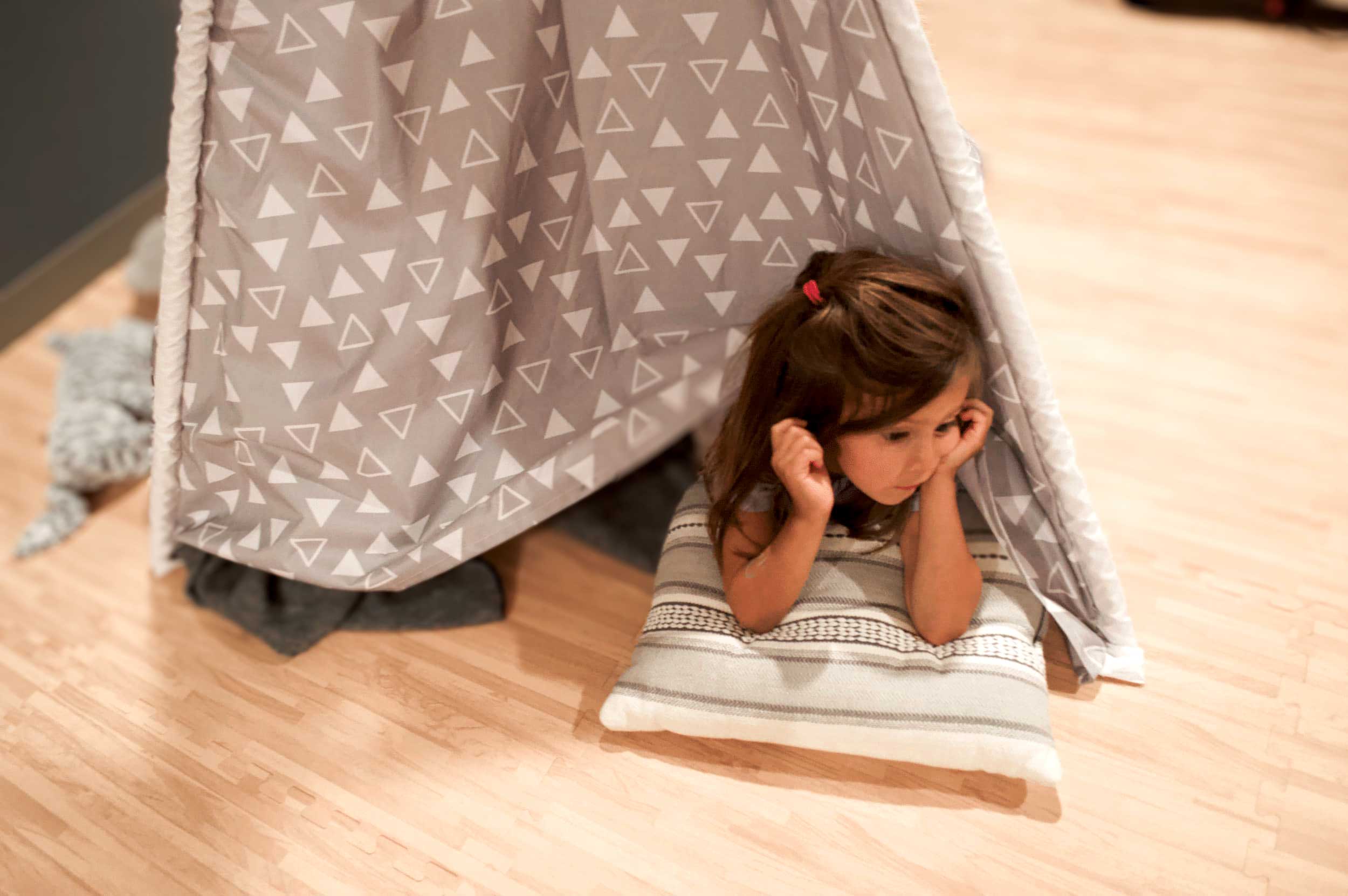
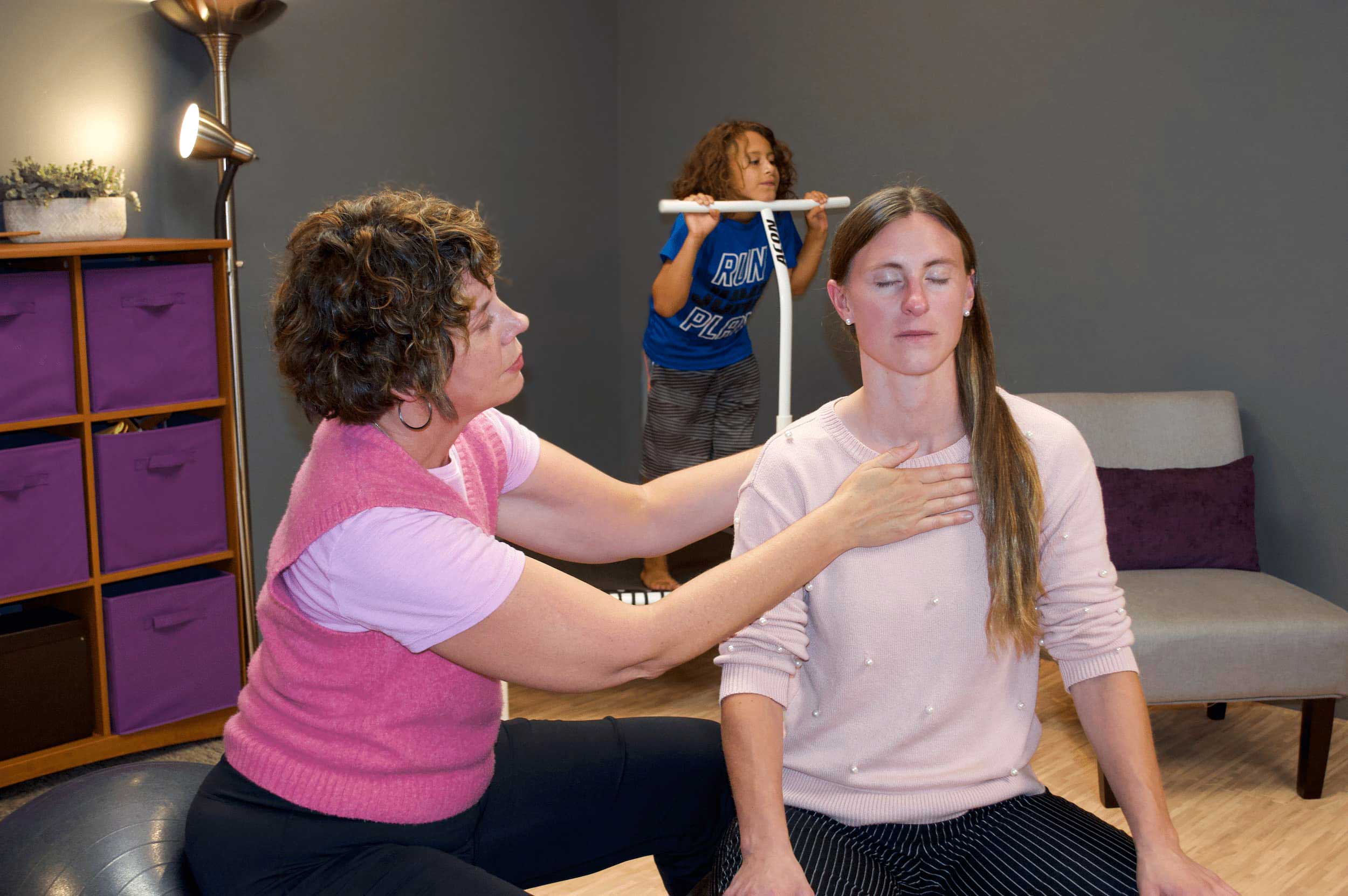
Not only does Yetzke let parents participate in every session, but she reserves time for their nervous systems as well.
“A child’s nervous system is a reflection of the parent’s,” Yetzke said. “Anything I can do to help a parent feel supported increases the impact for the child.”
Yetzke’s primary focus is nervous system regulation for both kids and adults. Her goal is to help people of all ages feel grounded, feel strong, and feel seen and heard. She aims for a full-body reset within a minimal amount of sessions, arming her clients with plenty of tools.

We’ll start with what it’s not. Somatic Movement Therapy (SMT) is not occupational therapy, play therapy, or talk therapy, although elements of all three are present. And likewise, “somatic exercise”—which can be an element in talk therapy or self taught using YouTube—is not SMT. SMT is also not “woo woo.”
Yetzke explained that sometimes the word “somatic” gets an eyebrow raise, but assures that the work she does is backed by neuroscience.
“There is nothing woo woo or “out there” about it. Movement and sensation fuel the brain. In fact, the brain doesn’t reach full development until somewhere around the age of 25. This is why traditional talk therapy can be challenging for kids. Kids need to move.”
One parent client, Avery Obregon, had this to say: "My son is very physically and sensory driven. And we weren't getting a lot of success or growth without somatic movement therapy. His talk therapist recommended Angie's services. So, we are very happy and thankful... This is absolutely what he needed because he can't do [therapy] any other way."
When asked to describe her work, Yetzke said it’s “body-focused mental health.” No matter the age of her clients, she looks at each person’s infant developmental patterns, primitive reflex integration, and sensory processing. All for the purpose of getting the body to feel grounded and “organized.” When the body reaches that point, the brain can slow down and move out of survival mode.
Yetzke specializes in early trauma. She explained that we each have a unique set of physical symptoms that show up every time we feel anxious. And usually these symptoms go back as far as we can remember. That’s because the memories of early experiences live in the body and are what shape the nervous system. We access these memories and find healing by retracing the steps. And that happens through the body.
But it is the combination of “Releasing, Repatterning, and Rewiring” that makes Yetzke’s work unique. While there are other somatic methods offered in West Michigan that help clients release physical tension and trauma, none offer specialized movement and hands-on work, which Yetzke believes is critical for creating lasting change in the brain.
Yetzke’s office is stocked with many physical props and sensory devices. Big exercise balls line one wall, while another wall houses a rebounder trampoline and a vibration plate. Tucked away for just the right moments are a balance beam and nerf swords. These tools are not just for kids.
Yetzke said, “Play changes neural pathways in the brain. Movement is all about play. Who couldn’t use a little joy and laughter and play in their healing?”
With attention paid to individual abilities, Body Redeemed clients may start out sitting on a large exercise ball for some easy conversation. Yetzke explained that keeping upright on a moving object immediately brings the focus to the body. Next up might be some jumping on the rebounder trampoline, some shaking on the vibration plate, or getting down on the mats while Yetzke leads her clients through carefully crafted, developmental movement sequences. There also may be some gentle hands-on therapy to bring body-held tension to the surface.
“It’s more about naming the difficult things that have happened than trying to analyze them," Yetzke said. "The body doesn’t need feelings to be analyzed. It just needs to be told that it can let go of its protective response patterns. It can move forward. That’s a body redeemed. But it’s not enough to end there. This is where the repatterning comes in, helping the body repair any broken connections with the brain.”
Yetzke added that while the session may look different for kids and adults, the Release-Repattern-Rewire process stays the same.

There are times we feel at a loss with how to help or connect with our kids. Yetzke shared tips for parents to better understand what kids need most.
Movement
Movement (unstructured!) to build their brains. Try at-home obstacle courses, crawling races, wrestling, and dance parties. And be sure to get outside together!
Touch
Touch for regulation and connection. Some kids like deep compression squeezes. Some kids prefer light strokes on their arms and legs. Some kids like a big exercise ball rolled down their backs. Get to know your child’s preferences.
Time
Time to explore and create at THEIR pace. (Screen time does not provide this.) Look at the family calendar. What can you give up to provide margins in your child’s day? (and your own!) Schedule less. Rush less. Do less.
You
Your presence, eye contact, attention, and time. As little as two minutes of consistent, predictable, daily time with you does wonders for your child’s brain. Most importantly, pray for and with your child. Nothing calms a nervous system more—your child’s and yours.
Limits and Boundaries
Limits and boundaries for emotional safety and security. Like it or not, pushing your buttons with challenging behaviors is an important part of your child’s brain-development. Your job is to meet that push and not fall over. Make expectations clear. Be consistent. Stay present. Explain and reason LESS. You can be firm AND loving. Your child needs you to be both.
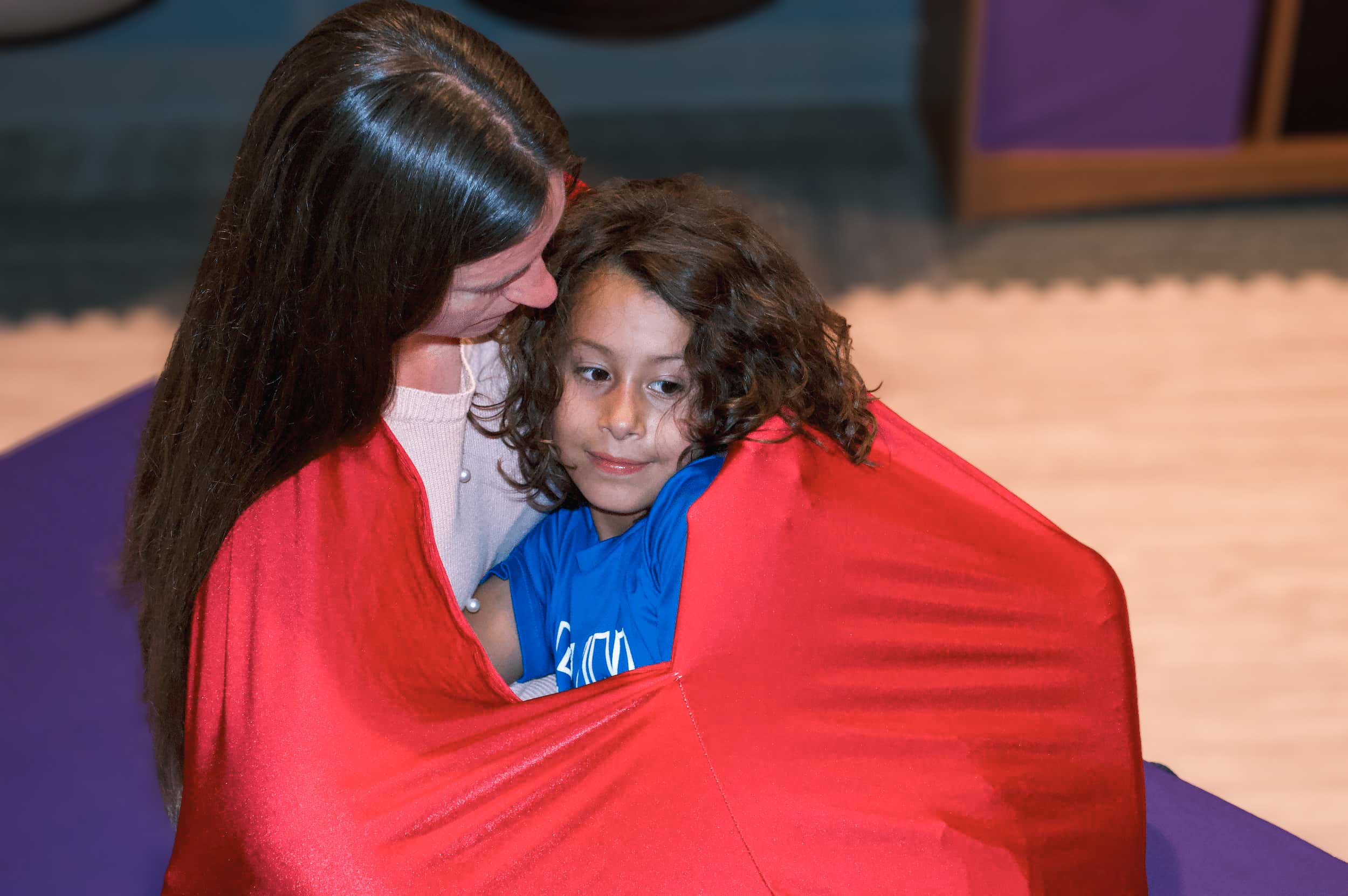
Yetzke has always been a mover—a former dancer turned dance professor turned movement analyst turned somatic movement therapist. That’s a collective 30 years in the movement field. In her SMT training, she became drawn to birth, birth trauma, childhood development, and attachment through movement.
Having experienced two c-section births herself, Yetzke was particularly interested in equipping parents with the support she didn’t have at the time and guiding kids through the resulting difficulty. She says that somatic movement helped her to move differently, carry herself differently, and be in the world differently. She hopes to help more families find the same freedom because, in her words, “How we move matters.”
And the verse that permeates throughout Yetzke's practice?
"In Him we live and move and have our being." Acts 17: 28.
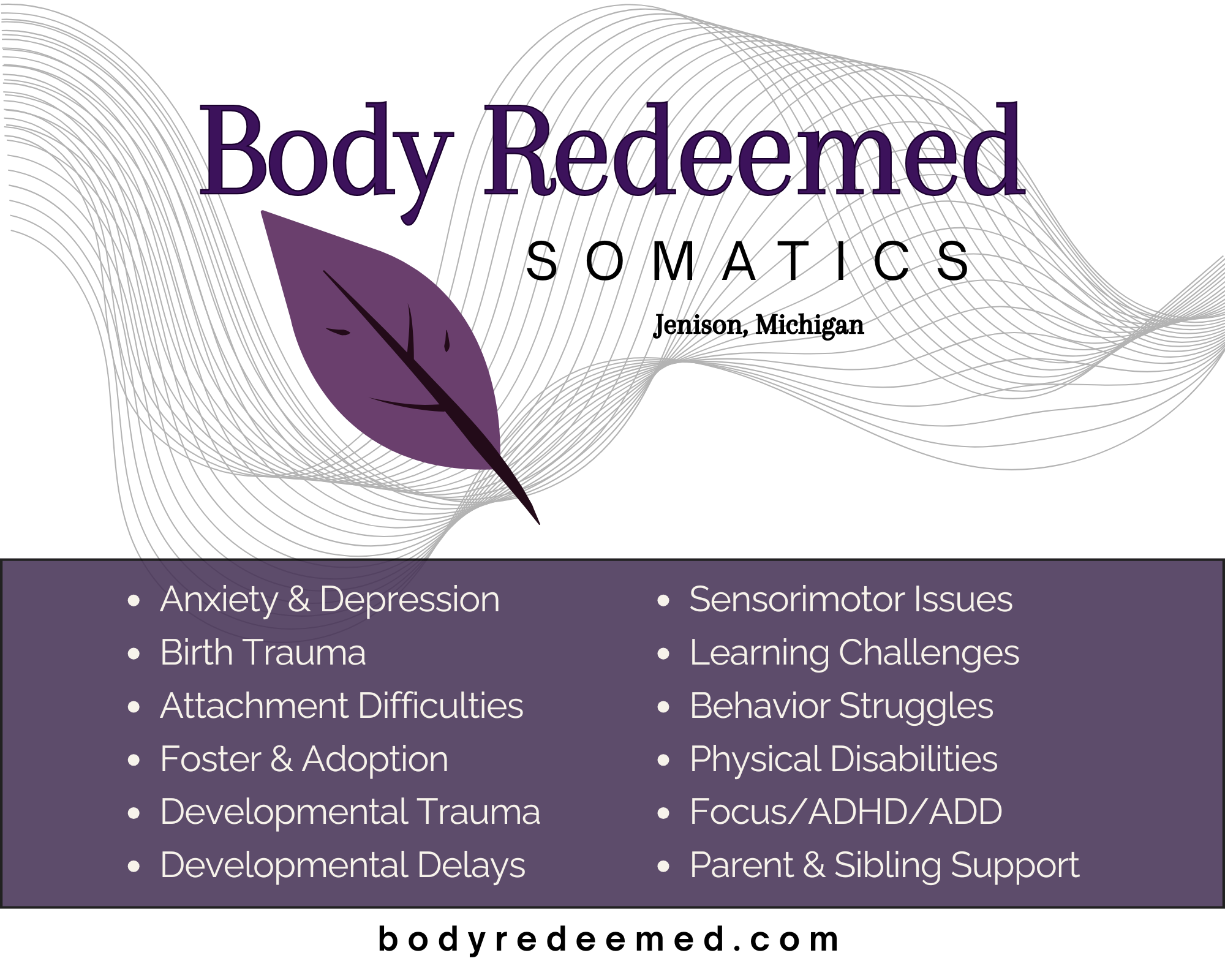
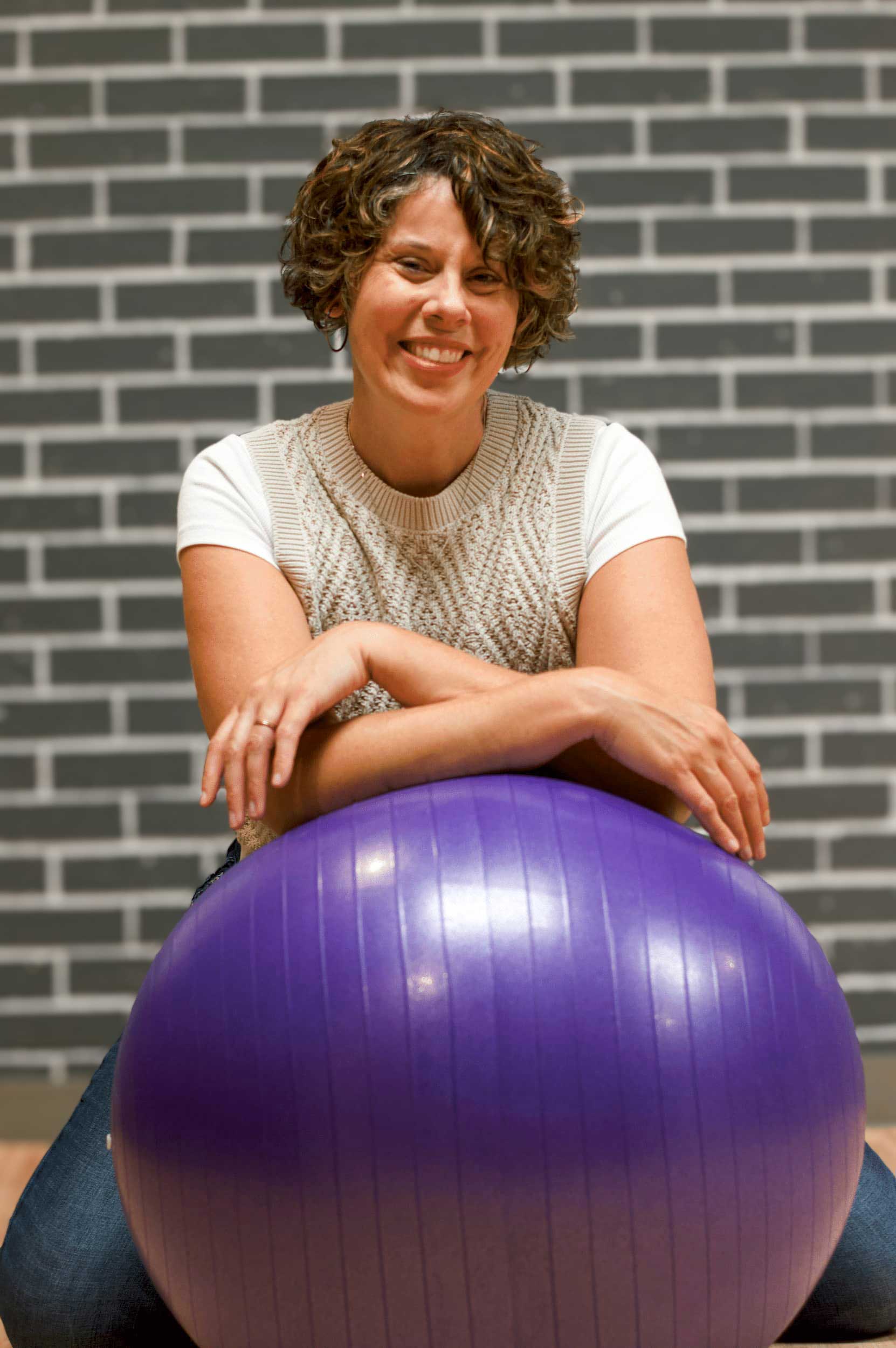
Somatic movement therapy at Body Redeemed is a self-pay therapeutic specialty. HSA cards are accepted.
Krista Yetzke is a native of Ottawa County. A jeep-driving, guitar-playing wife, mom, and everyday adventurer, Krista was raised on the love of Jesus, the great outdoors, the arts, the value of frugality, and the beauty of food as medicine.